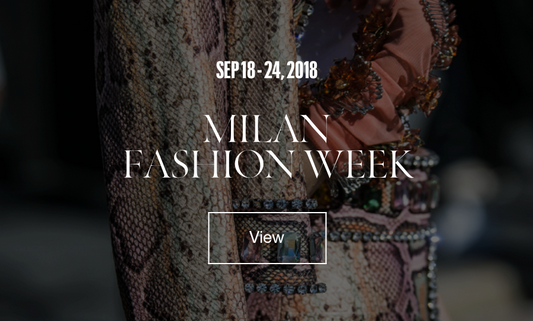talkingfashion
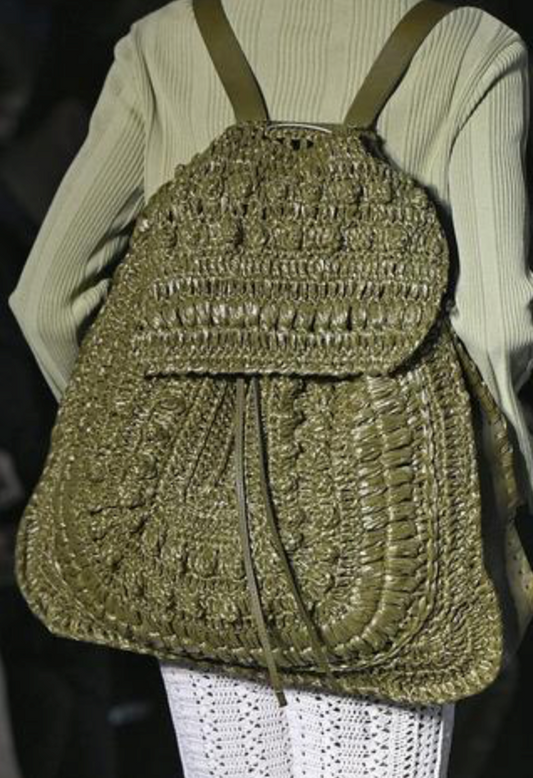
Milan Fashion Week SS’19 Accessories Trend Spot...
Milan Fashion Week SS’19 Accessories Trend Spotlight By Paige McKirahan Hello again, fashionistas! As Milan Fashion Week reached its conclusion on September 25th, we thought that we would reflect...
Milan Fashion Week SS’19 Accessories Trend Spot...
Milan Fashion Week SS’19 Accessories Trend Spotlight By Paige McKirahan Hello again, fashionistas! As Milan Fashion Week reached its conclusion on September 25th, we thought that we would reflect...

Fashion Flashback: Handbags
Fashion Flashback: Handbags by Morgan Watkins Traditionally, accessories have been thought of as tools to spruce up an otherwise simple or lacking outfit. Rings, bracelets, necklaces and more are...
Fashion Flashback: Handbags
Fashion Flashback: Handbags by Morgan Watkins Traditionally, accessories have been thought of as tools to spruce up an otherwise simple or lacking outfit. Rings, bracelets, necklaces and more are...
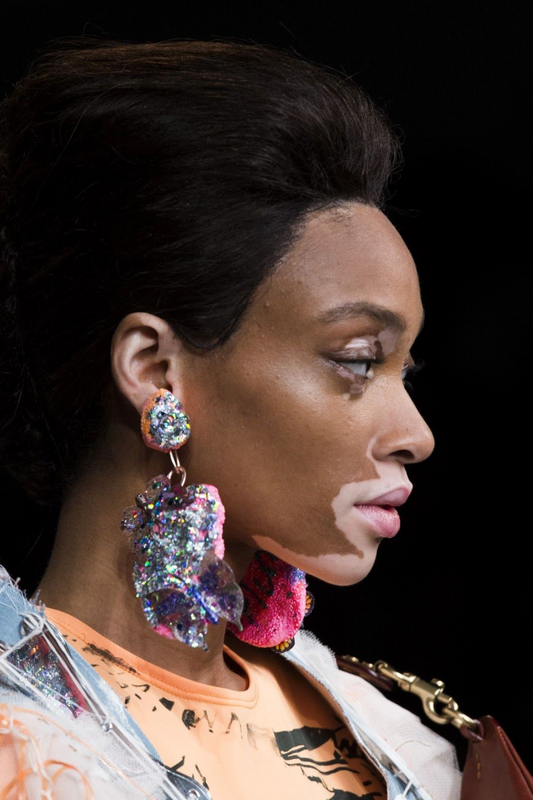
Accessory Trends at London Fashion Week SS19
Accessory Trends at London Fashion Week SS19 by Morgan Watkins Now that we’ve bid farewell to London Fashion Week Spring/Summer 2019, it’s time the fashion world hops back on the...
Accessory Trends at London Fashion Week SS19
Accessory Trends at London Fashion Week SS19 by Morgan Watkins Now that we’ve bid farewell to London Fashion Week Spring/Summer 2019, it’s time the fashion world hops back on the...
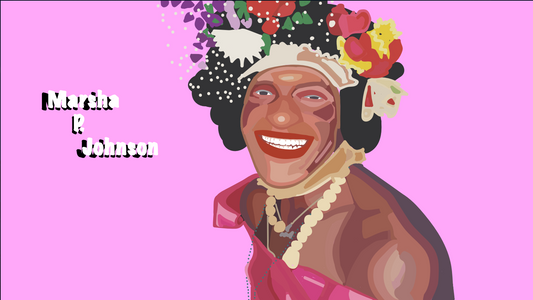
Marsha P. Johnson's impact to the trans community
Marsha P. Johnson and her impact to the trans community by Flavia Lobato By throwing the first brick, she along with Sylvia Rivera began the historic Stonewall Riots...
Marsha P. Johnson's impact to the trans community
Marsha P. Johnson and her impact to the trans community by Flavia Lobato By throwing the first brick, she along with Sylvia Rivera began the historic Stonewall Riots...
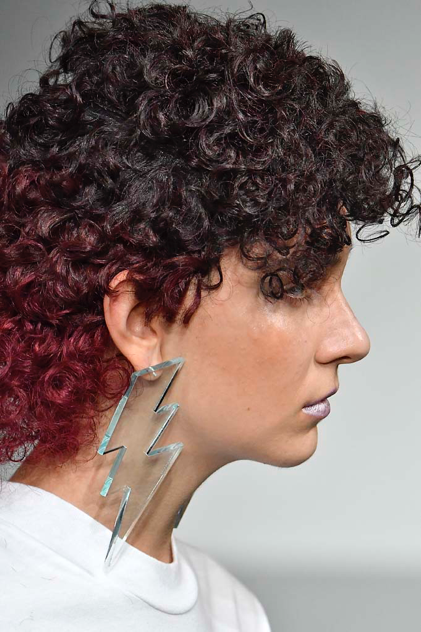
London Fashion Week SS'19 Accessories Trend Spo...
London Fashion Week SS'19 Accessories Trend Spotlight By Paige McKirahan Welcome back to the Talkingfashion blog, fashion week lovers! Today, we have decided to take a look at the...
London Fashion Week SS'19 Accessories Trend Spo...
London Fashion Week SS'19 Accessories Trend Spotlight By Paige McKirahan Welcome back to the Talkingfashion blog, fashion week lovers! Today, we have decided to take a look at the...

